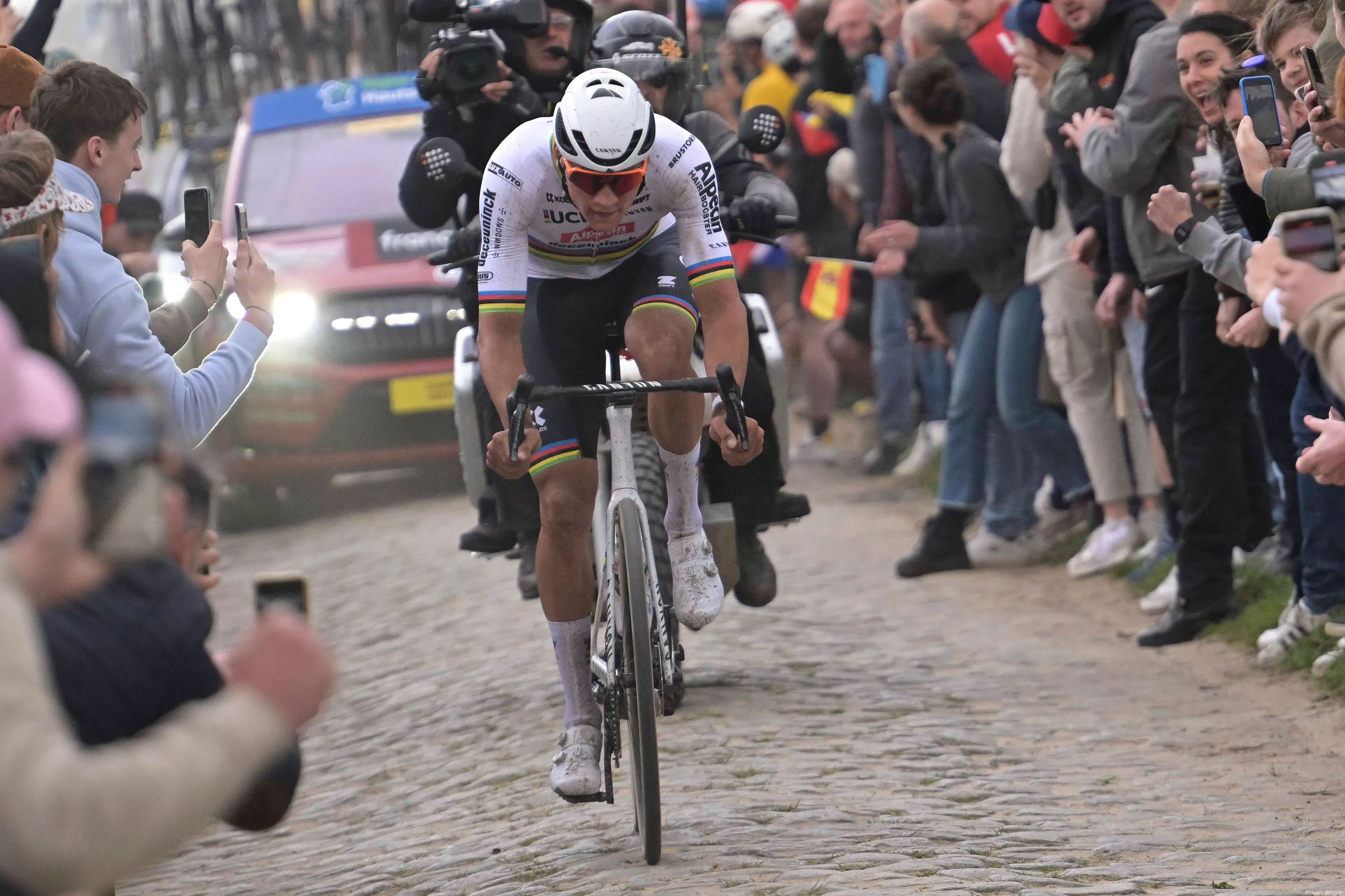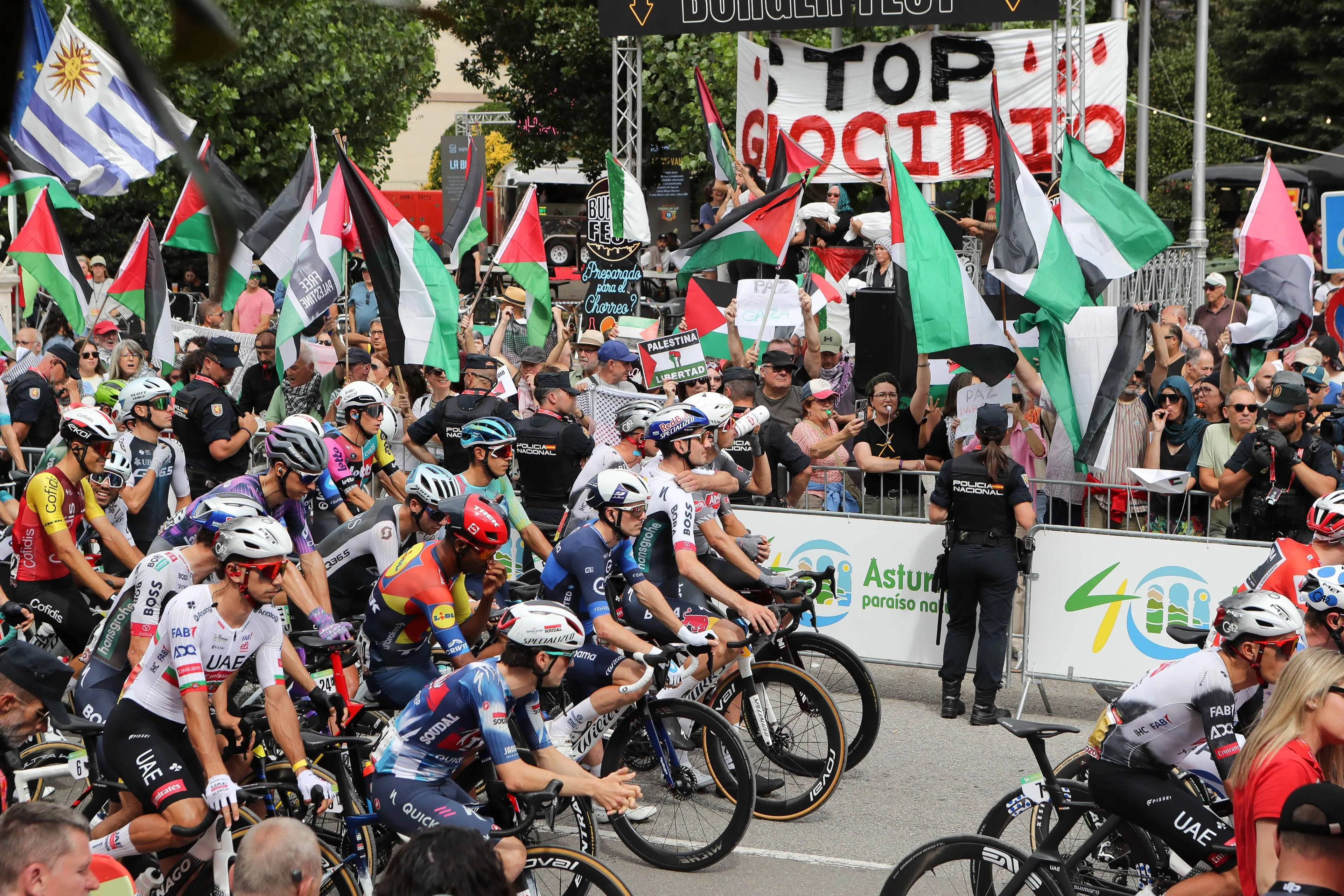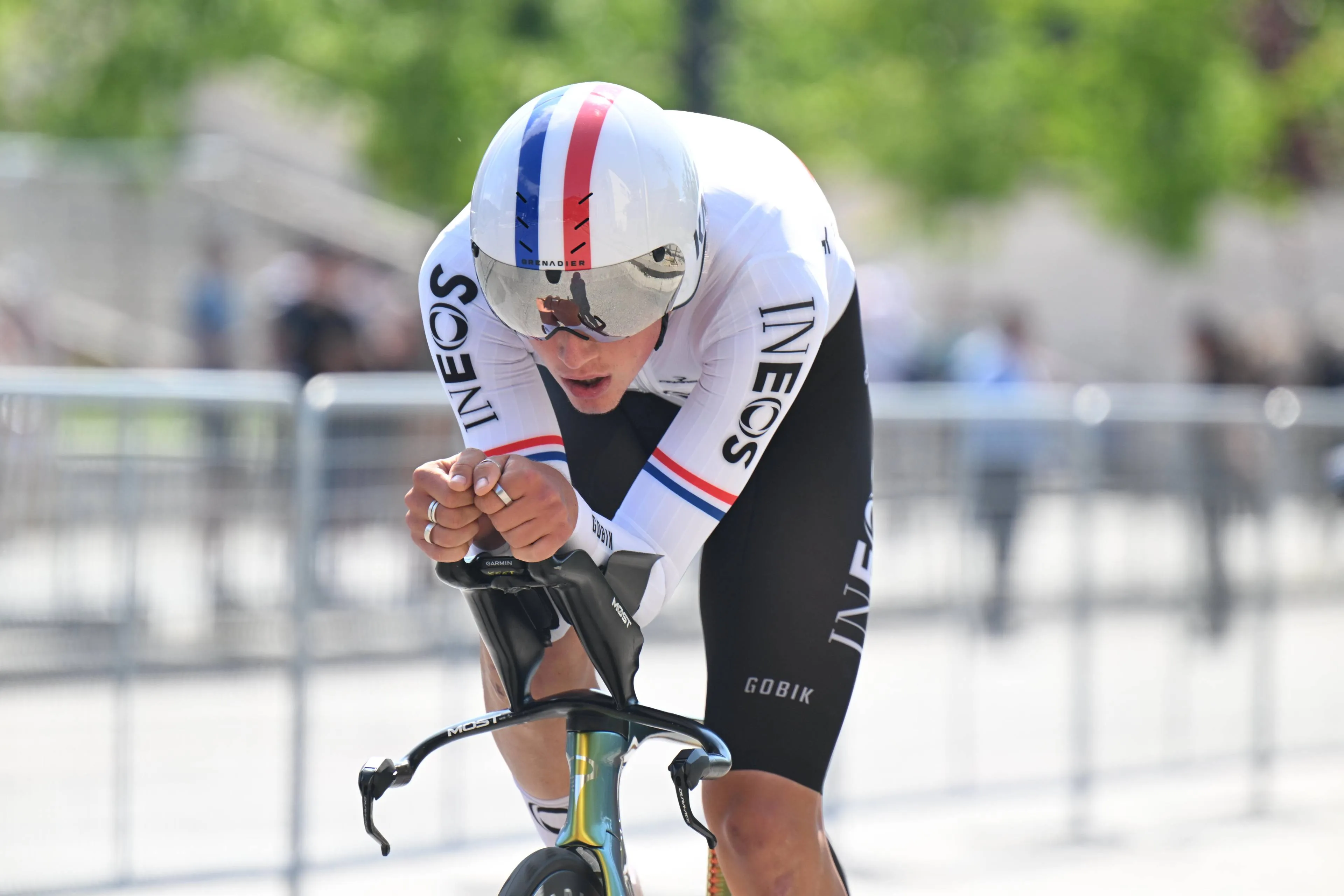
Twelve months ago, controversy surrounded the lead-in to
Paris–Roubaix. The focus was on the infamous Trouée d’Arenberg, one of the
race’s most dangerous and iconic cobbled sectors. To reduce rider speed
entering the strip, organisers introduced a chicane, a move that drew criticism
from the peloton, especially Mathieu van der Poel.
At the time, the reigning World Champion didn’t hold back.
He labelled the chicane “a joke” and questioned its effectiveness. That said,
it didn’t stop him from detonating a brutal attack through Arenberg, on route
to his second straight Paris–Roubaix title.
Read also
This year, Van der Poel returns aiming for a rare third
consecutive victory, but the controversial chicane will be absent.
Instead, the approach to the Arenberg trench has been
altered once again. Riders will no longer blast directly onto the cobbles.
Instead, the course now features a short diversion, where riders approach from
the left and hit the sector at an angle via a sharp hook bend. In the final 200
metres before Arenberg, both the men’s and women’s pelotons will have to
navigate two right-angle turns, significantly reducing the entry speed.
The absence of a straight, high-speed run-in could make for
a safer, but still unpredictable, race through the forest.
Read also
But in truth, there’s nothing safe at the race they call
Hell.
Van der Poel will line up with history on the line, aiming
for three in a row, but he’ll also have to contend with debutant Tadej Pogacar,
who arrives off the back of a Tour of Flanders masterclass.
The fact that the Slovenian is even in attendance has raised
eyebrows. The chaotic nature of the race, has the potential to ruin his
ambitions at the Tour de France this summer, if he attacks the cobbles and
comes off second best.
Read also
Van der Poel has mastered Roubaix twice before, but it took
him several attempts to do so. Pogacar, is hoping to defy the odds once again
and win on debut.
It’s 1-1 between the duo this spring, but will either of the
king’s of cycling be victorious this weekend?
Take a look at the new approach to the Trouée d’Arenberg 👀
— Paris-Roubaix (@parisroubaix) April 8, 2025
Découvrez la nouvelle approche de la Trouée d'Arenberg 🔍#ParisRoubaix pic.twitter.com/dza8anM4te
claps 2visitors 2
Just in
Popular news
Latest comments
- LOL, Del Toro, while very strong, is not currently racing at a level higher than Remco or Lipowitz. He can be by 2027 though and probably will be. You are discounting Remco's season this year, which his underperformance was caused by a crash that would have retired most people. He will be very strong this coming year as long as he keeps the rubber side down.awp18-12-2025
- It would be nice to see him have a healthy season and do well.JoeyB18-12-2025
- Aka the ‘junk drawers’Onepiece18-12-2025
- Marginal stainsOnepiece18-12-2025
- Business in the front. Farty in the backOnepiece18-12-2025
- Big problem. 2022 Jonas and Primoz were on a similar level to Tadej. 2026 Remco and Florian likely won’t be close to Tadej’s level once the road leans uphill. Good luck trying though!mobk18-12-2025
- gravel maybe? it is the only thing competitive that would make sense.mij18-12-2025
- many had Oier Lazkano as the man for spring, but he was a fraud. this is probably what hurt their spring more than anything.mij18-12-2025
- Naive Remco says that he and Lipowitz will try to isolate Pogi like Jumbo did in 2022. He forgets that DelToro is now better than both him and Lipowitz. I know he needs to fake pump his ego for the sake of sponsors but Remco you have to consider: 1) Pogi is stronger today then in 2022... 2) Pogi is smarter then in 2022... 3) Pogi's UAE team is stronger then in 2022... 4) Pogi now also knows how you intend to "beat" him... 5) Remco, you'll be fighting for third place with Lipowitz. Maybe you will get lucky because Pogi and Jonas will both crash or become ill. Ad acta.NikkoNicco18-12-2025
- the biggest issue with this plan - Tadej’s team has vastly improved. he won’t be isolated.mij18-12-2025
Loading
Write a comment










